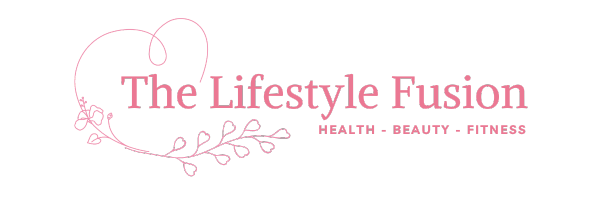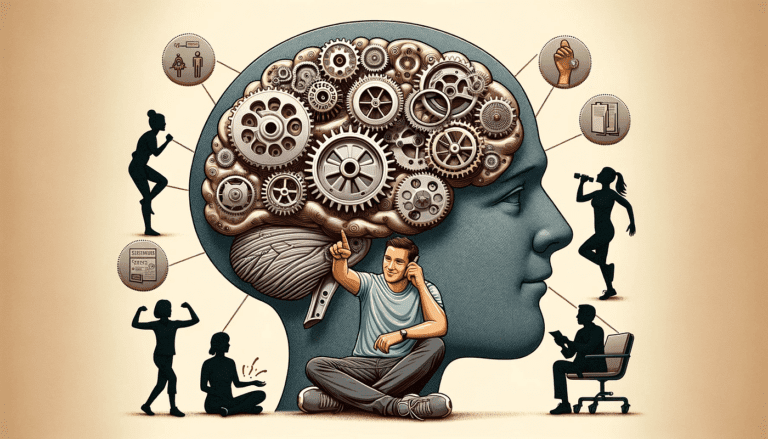Major Depressive Disorder (MDD) is a universal and debilitating mental health condition characterized by extensive feelings of sadness, hopelessness, and a lack of interest or pleasure in activities. Individuals with major depressive disorder often experience a range of symptoms, such as changes in sleep patterns, appetite, and energy levels, as well as difficulties in concentration and decision-making capabilities. The disorder significantly intervenes in daily functioning and can lead to profound social and occupational disability. Though the reasons for major depressive disorder are complex and multifaceted, a combination of genetic, biological, environmental, and psychological factors is believed to contribute to its beginning. Its treatment approaches generally involve a combination of psychotherapy, medication, and lifestyle modifications, tailored to the specific needs of each individual, to reduce symptoms and promote long-term mental well-being. In this instance, Cognitive Behavioral Therapy (CBT) is considered to be one of the most constructive and successful techniques to minimize the risk of depression and anxiety disorders. It is highly beneficial in overcoming Major Depressive Disorder (MDD) by addressing the interlinked relationship between thoughts, feelings, and behaviors. CBT helps individuals recognize and challenge negative thought patterns and distorted beliefs that contribute to their depressive symptoms. With a collaborative and structured process, therapists guide clients in developing healthier thought patterns and coping mechanisms, fostering more adaptive behaviors and emotional responses. By encouraging cognitive restructuring and behavioral activation, CBT strengthens individuals to break the cycle of negative thinking and engage in positive, goal-oriented actions. This evidence-based therapeutic approach equips individuals with practical skills to control stress, raise problem-solving abilities, and build resilience, ultimately leading to sustained improvements in mood and overall mental well-being.
CBT techniques for Major Depressive Disorder (MDD)
Cognitive Behavioral Therapy (CBT) instructs you to become aware of and adjust negative patterns, which can help to reframe your thinking during moments of heightened anxiety or panic. It can also provide you with new coping skills, like meditation or journaling, for those struggling with a substance use disorder or depression. This method of healing is widely recognized and is an effective approach for treating Major Depressive Disorder (MDD). Certainly, here are fifteen CBT techniques for Major Depressive Disorder (MDD) that can be specifically applied to help individuals with such mental disorder:
1. Cognitive Reestablishment
Cognitive restructuring involves identifying and challenging negative thought patterns. Clients learn to recognize and modify automatic negative thoughts, replacing them with more balanced and realistic alternatives. This process helps break the cycle of negative thinking associated with depression.
2. Behavioral Operation
Behavioral activation is a key component of CBT for depression. It involves scheduling and engaging in activities that bring a sense of pleasure or accomplishment. This technique helps counteract the lethargy and withdrawal often seen in depression by increasing positive reinforcement.
3. Mindfulness Meditation
Mindfulness meditation is an integral component of CBT techniques for Major Depressive Disorder. This technique involves cultivating a non-judgmental awareness of the present moment. By incorporating mindfulness into daily life, individuals can develop a heightened awareness of their thoughts and feelings, eventually contributing to a more adaptive and mindful approach to managing depressive symptoms.
4. Setting Goals
Setting and working towards achievable goals is a crucial part of CBT for depression. It provides individuals with a sense of purpose, accomplishment, and motivation. Through the structured framework of goal setting, CBT helps individuals not only address their depressive symptoms but also instills a proactive and goal-oriented mindset conducive to long-term well-being.
5. Pleasant Activity Scheduling
This technique involves actively planning and scheduling enjoyable activities to counteract depressive symptoms. By including positive activities in daily life, individuals can experience an increase in positive emotions.
6. Graded Exposure
Graded exposure is a behavioral technique where individuals gradually face and overcome situations they’ve been avoiding due to anxiety or depression. By gradually confronting these situations, individuals build confidence and resilience.
7. Problem-Solving Skills Training
Problem-solving skills training helps individuals develop effective strategies for identifying, analyzing, and solving problems. This can be particularly useful for addressing feelings of helplessness and increasing a sense of control.
8. Thought Records
Thought records are tools used to track and analyze negative thoughts. Clients record situations, associated thoughts, emotions, and alternative, more balanced thoughts. This process aids in identifying patterns and making positive cognitive shifts.
9. Relaxation Techniques
Relaxation techniques, such as deep breathing, progressive muscle relaxation, or guided imagery, can help manage the physiological symptoms of stress and anxiety often associated with depression. In the context of CBT, this technique serves as a practical tool, empowering individuals to develop a heightened awareness of their body’s response to stress and equipping them with valuable skills to promote relaxation, ultimately contributing to a more balanced and resilient mental state.
10. Positive Self-Analysis
Encouraging positive self-talk involves replacing self-critical or negative inner dialogue with more compassionate and constructive language. This technique helps individuals develop a more balanced and realistic view of themselves.
11. Activity Monitoring
Activity monitoring involves keeping a daily log of activities, mood, and energy levels. This helps individuals and therapists identify patterns, recognize triggers for low mood, and make informed adjustments to the activity schedule.
12. Social Skills Training
Social skills training helps individuals build and strengthen interpersonal skills, addressing social withdrawal and promoting more satisfying social connections. By building this skill, individuals with MDD can break the cycle of isolation, enhance their social support networks, and ultimately contribute to a more fulfilling and connected life, reinforcing the broader therapeutic goals of CBT in the context of depression.
13. Expressive Writing
Expressive writing, employed in CBT, involves the structured and focused exploration of one’s thoughts and emotions through writing. This technique encourages individuals to articulate and process their feelings, facilitating a deeper understanding of underlying concerns and emotions associated with depression helping individuals contribute to a more adaptive and constructive perspective, and ultimately supporting the therapeutic goals of managing and overcoming Major Depressive Disorder.
14. Identifying and Challenging Core Beliefs
Core beliefs are deep-seated, fundamental beliefs about oneself, others, and the world. Identifying and challenging negative core beliefs is a crucial aspect of CBT, as it addresses the root of negative thinking patterns that contribute to depression.
15. Cognitive Behavioral Analysis System of Psychotherapy (CBASP)
CBASP is a specific form of CBT designed for chronic depression. This approach helps individuals with Major Depressive Disorder (MDD) develop effective problem-solving skills within relationships, promoting an understanding of how interpersonal dynamics contribute to depressive symptoms. By addressing interpersonal difficulties and facilitating corrective experiences, CBASP aims to assist in improved interpersonal functioning and overall emotional well-being in individuals struggling with persistent depressive symptoms.
In conclusion, CBT techniques for Major Depressive Disorder (MDD) offer a multifaceted and empowering approach to restore your mental health. By systematically addressing negative thought patterns, modifying behaviors, and fostering mindfulness, CBT provides individuals with practical tools to break the cycle of depression. It goes beyond symptom alleviation, equipping individuals with the skills to navigate future challenges and disruptions more adaptively. Through collaborative efforts with a skilled therapist, CBT facilitates a profound transformation, empowering individuals to regain control over their lives, cultivate resilience, and build a foundation for sustained mental well-being in the face of Major Depressive Disorder.






